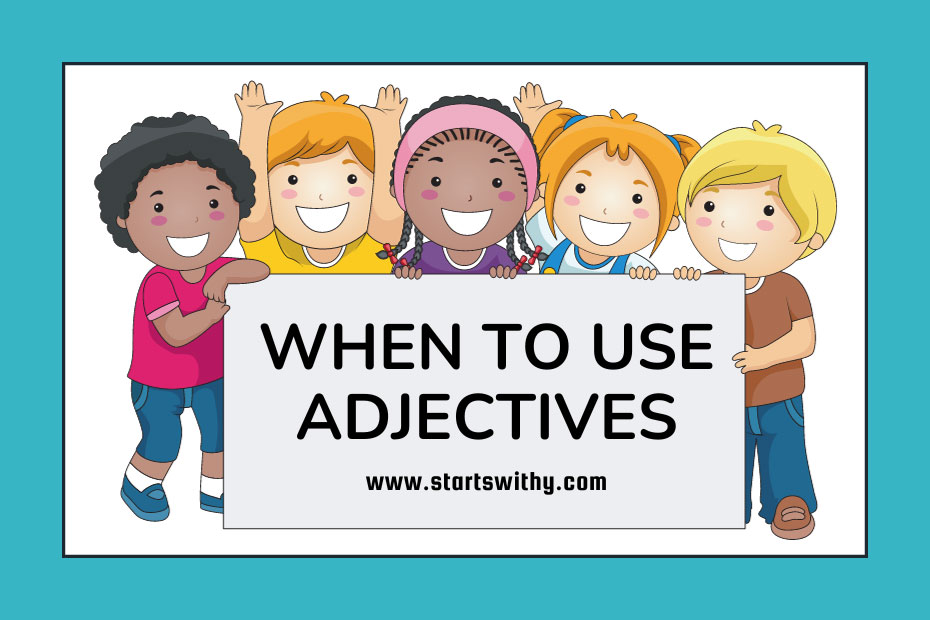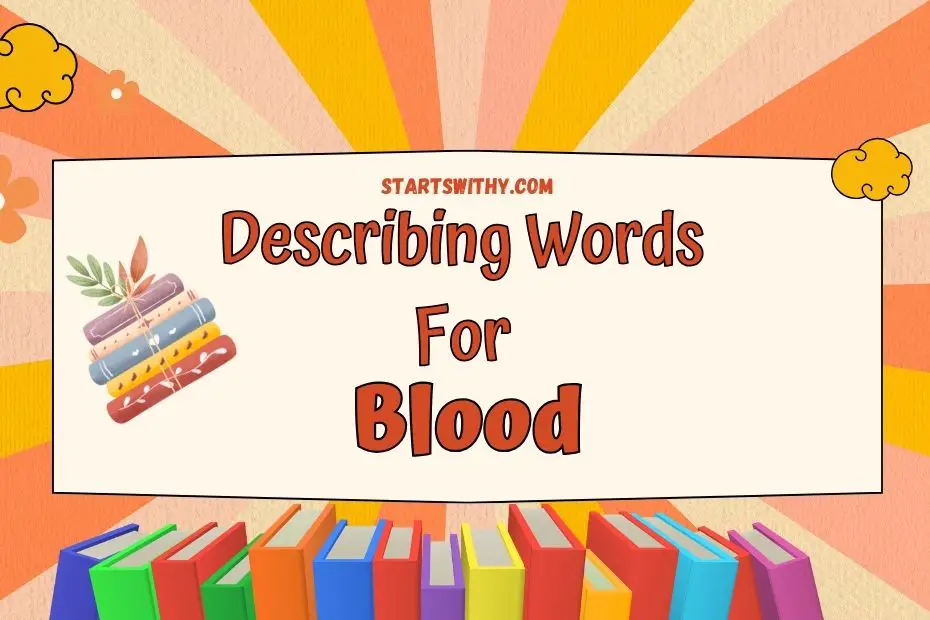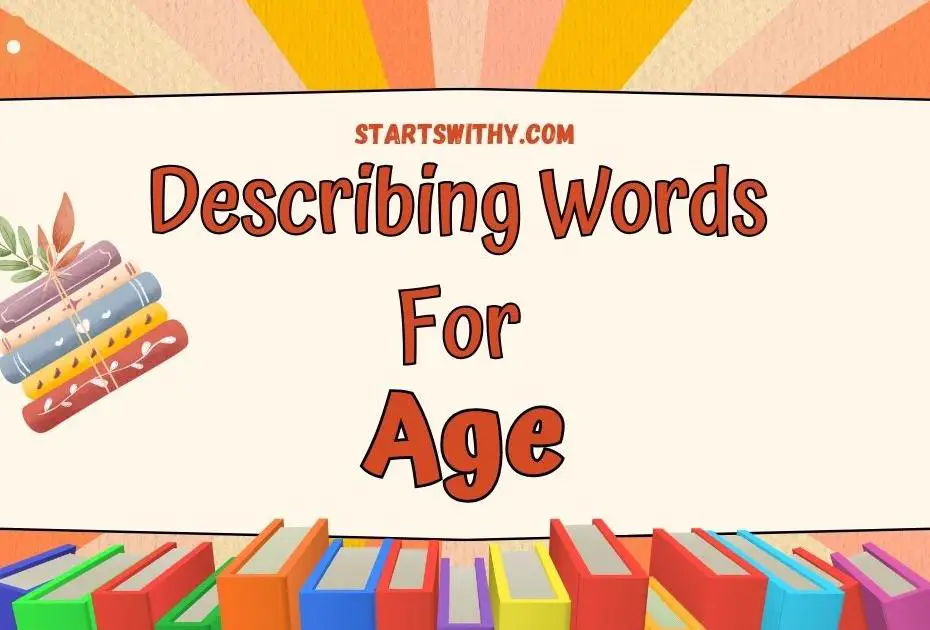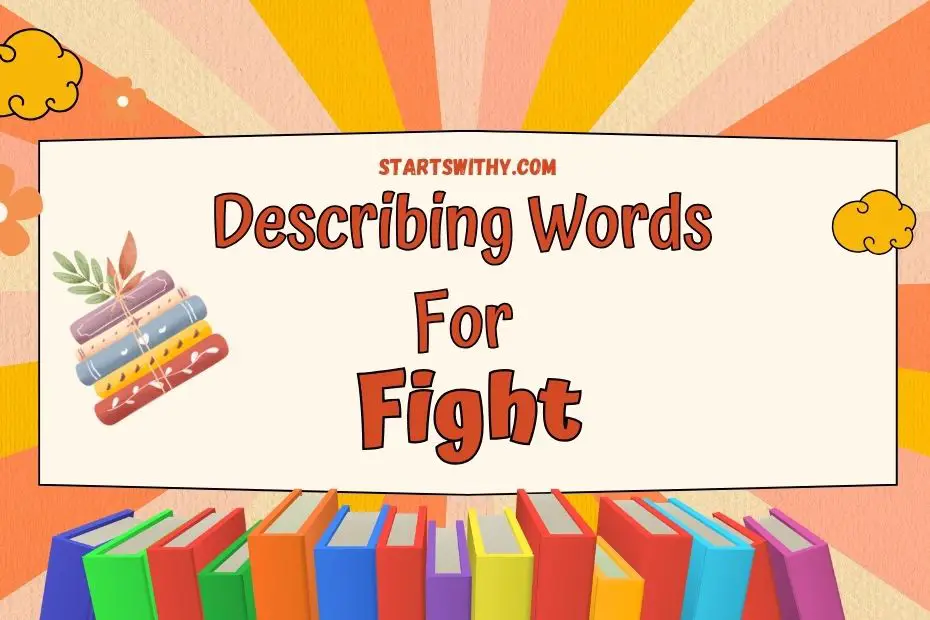Crafting the perfect title or headline can be a game-changer for your content. It’s the hook that grabs readers’ attention, and the right adjective can make all the difference. But when is it best to sprinkle in these descriptive words, and when should they be left out?
I’ve seen how a well-placed adjective amplifies intrigue and adds flavor to a title. Yet, I’ve also noticed titles drowning in unnecessary adjectives that push readers away. It’s about striking the right balance to make your headlines pop and your content shine.
Knowing when to use adjectives effectively in titles and headlines isn’t just good writing—it’s smart strategy. Let’s dive into the nuances of this art to ensure your titles are not just informative, but irresistible too.
The Power of Adjectives in Titles and Headlines
Adjectives play a critical role in crafting compelling titles and headlines. They have the power to convey emotion, offer a peek into the article’s content, and ultimately, pull readers in. As an educator speaking to young learners, I understand the importance of choosing words that are not only engaging but also easily comprehensible for them.
A well-selected adjective in a title can characterize the subject, highlight key benefits, or set the tone for the story. For example, when teaching kids new vocabulary, using simple yet vivid adjectives can help them grasp the concepts more rapidly. Words like “gigantic” instead of “very big” can spark the imagination of children and aid in better cognitive connections.
Here’s the deal: adjectives should be used judiciously. This is especially true for headlines aimed at younger audiences. It’s about finding that sweet spot where the adjective is both interesting and appropriate for the age group. Select terms that resonate with their world and experiences; “yummy” for food or “cozy” for blankets are apt descriptors that are likely part of their everyday language.
The strategic placement of adjectives can also increase curiosity. I prefer to place them near the beginning of headlines to immediately catch the eye. Phrases like “Sunny Adventure Stories” or “Whimsical Craft Ideas” give just enough information to entice without overwhelming. Moreover, they hint at the positive experience awaiting the readers, encouraging them to dive into the content.
In the realm of SEO, adjectives can boost a title’s visibility in search results by adding relevance and context. Search engines like specificity—precise adjectives can improve search rankings by aligning more closely with search queries. Hence, choosing the right adjectives goes beyond style. It’s about being search-friendly while sparking interest in young minds.
By leveraging the nuanced art of adjective selection, titles and headlines not only become more searchable but also more memorable. For teachers, that means stirring the imagination of kindergartners and preschoolers, laying the groundwork for a love of language that will flourish as they grow.
Finding the Right Balance
When it comes to engaging young learners, I understand that the right choice of words can make all the difference. Selecting fitting adjectives for titles and headlines is a bit like being a chef—too much spice and the dish is overwhelming; too little, and it might lack flavor. It’s all about striking the perfect balance to suit the developing palates of our young readers.
To achieve this, I tap into the everyday language children are exposed to. This ensures the adjectives are not only engaging but also relatable. For instance, using words like “funny” instead of “hilarious” or “scary” over “terrifying” caters to the comprehension levels of younger audiences. I’ve found that simple, yet descriptive words create a warm invitation to explore the content.
When considering how often to sprinkle these words throughout titles and headlines, I’m mindful to not overcrowd the canvas. Just as one bold color can draw the eye, a single well-chosen adjective often suffices. Overusing them not only confuses little ones but also diminishes the impact of each word. Therefore, I recommend using a targeted approach, where the strongest, most captivating adjective leads the charge, setting the tone for the stories and lessons that follow.
Moreover, I don’t just focus on the emotional pull of adjectives. I also consider their semantic weight. It’s important that these descriptive words align with the educational content I’m presenting. Words that encourage imagination and curiosity are always a hit, such as “magical” for a fairy tale or “gigantic” when talking about dinosaurs. These adjectives don’t just decorate the content; they serve as an introduction to the topic, sparking interest in young minds primed for learning.
By integrating these strategies into my work, I aim to cultivate a love for reading and learning among preschool and kindergarten pupils. With adjectives that are thoughtfully selected and appropriately used, titles and headlines can become much more than text—they turn into gateways leading to worlds of discovery.
When Adjectives Enhance the Hook
In crafting headlines that ignite curiosity in little readers, adjectives play a pivotal role. I’ve noticed that whenever I slip in descriptors that evoke vibrant imagery or emotions, children’s eyes light up with interest. Words like “whimsical,” “gigantic,” or “sparkling” can transform an ordinary subject into an extraordinary adventure. It’s these small tweaks in the language that make a headline more than just a grouping of words; they turn it into an invitation to explore.
Of course, there’s a knack to picking just the right adjective. One thing I always keep in mind is the context. For example, if we’re talking about animals, adjectives that resonate with their natural characteristics work best. Think of “majestic” for an eagle or “cuddly” for a kitten. These words are not only descriptive but also relatable for young learners. Relatability is key; it’s what connects the children to the material and, more importantly, to the world around them.
Relevance is another important aspect to consider. I make sure the adjectives I choose directly enhance the theme of the content. If a story is about a day at the beach, I’ll opt for words like “sunny,” “sandy,” or “refreshing.” This creates an instant mental picture and makes the headline dovetail perfectly with the story’s setting. But I’m careful not to overdo it. Just one well-chosen adjective often does the job. It’s like using seasoning in cooking – a pinch is often all you need for the perfect flavor.
I also focus on the age appropriateness of the adjectives. For preschoolers and kindergartners, I use simple yet powerful words that are easy to understand and pronounce. Young learners are at a stage where they’re building their vocabulary, so it’s essential for them to feel confident with the words they encounter. Adjectives like “big,” “colorful,” and “soft” fit the bill perfectly. They’re easy to grasp and often pertain to the sensory experiences familiar to a child’s world.
Remember, the goal is to craft headlines that don’t just capture attention, but also make sense and foster a connection to the educational content. When these elements come together seamlessly, children are more likely to engage with the material and develop a love for reading that could last a lifetime.
Common Mistakes to Avoid
When crafting titles and headlines for young learners, I’ve noticed common pitfalls that can detract from the goal of engaging children. It’s essential to be mindful of these to ensure that our educational content remains accessible and intriguing.
Firstly, overcomplicating language is a frequent misstep. It’s tempting to use complex or fancy adjectives to impress, but this often confuses young minds. Simplicity in language is key. Titles like “The Enormous Elephant” resonate better than “The Gargantuan Pachyderm” for kids just starting to read.
Another error is the tendency to use adjectives that don’t align with the content’s essence. If an adjective doesn’t accurately describe the subject, it can mislead or disappoint. For instance, labeling a book about dinosaurs as “The Fluffy Tyrannosaurus” would be misleading, since ‘fluffy’ doesn’t correspond with the prehistoric creature’s typical characteristics.
The misuse of adjectives for sensationalism is another mistake. While it’s crucial to captivate, it’s just as important to maintain integrity and truthfulness. Exaggerating with adjectives, like “The Astounding, Stupendous, Unbelievable World of Insects,” may sound exciting, but it can also overwhelm and distract from the actual learning material.
For early learners, I always recommend adjectives that are:
- Simple and familiar
- Directly related to the subject
- Free of exaggeration
By carefully selecting adjectives that are age-appropriate and content-relevant, we can enhance the learning experience without causing confusion or misleading our young readers. I focus on striking the right balance between allure and accuracy, creating an engaging yet truthful gateway to knowledge for preschoolers and kindergartners.
Strategies for Using Adjectives Effectively
When it comes to invigorating titles and headlines with adjectives, I’ve discovered that a strategic approach can make all the difference. To ensure that each word serves its purpose, I focus on a few key tactics that educators might find invaluable.
First, I always consider the adjective’s ability to enhance understanding. It’s critical to select words that clarify rather than confuse. For example, describing an animal as “striped” immediately gives children a visual cue, aligning perfectly with factual content about zebras or tigers.
Another strategy is pairing adjectives with concrete nouns to strengthen the imagery. If I’m creating a headline about an undersea adventure, pairing “colorful” with “coral” transports young learners to a vivid seascape. This method is particularly effective as it combines an abstract descriptor with something tangible, making it easier for kids to grasp.
I also recommend repetition and rhyme to bolster memory retention. Using alliteration like “Bouncing Bunnies” or assonance such as “Majestic Moons” can turn a headline into a catchy phrase that resonates with preschoolers, facilitating both engagement and recall.
Moreover, it’s important to tap into the emotions that certain adjectives evoke. Words like “joyful,” “peaceful,” and “curious” can elicit an emotional response and create a connection to the subject matter that is more impactful than abstract or neutral descriptions.
Lastly, I believe in the power of thematic consistency. If a lesson revolves around the seasons, for instance, I use season-specific adjectives like “breezy” for fall or “sunny” for summer. This not only keeps the titles aligned with the content but also helps in building a cohesive learning experience.
By employing these strategies, educators can craft educational content that not only grabs attention but also reinforces learning objectives. Whether I’m writing for a small classroom or a large online platform, the goal remains to engage young minds while providing clear pathways to discovery. It’s all about making every adjective count, ensuring that the wonder of learning is conveyed through every choice of word.



